Have you freaked out about a high fever and fast breathing or rapid heart rate only to find a dose of Tylenol turns a floppy mess of a toddler back into her usual playful self?
You check on your little darling and find she is burning up with fever, breathing really fast and looks simply terrible. If you haven’t rushed off to see a doctor under such circumstances, the thought certainly has crossed your mind. Usually sometime around midnight on my overnight shifts in the pediatric ER parents arrive with their feverish children worried about their fast heart rate and difficulty breathing only to find their child looks great an hour later.
Kids have a unique physiology that fools parents into thinking they are sicker than they really are. Are we witnessing an evolutionary adaptation to make parents pay closer attention when their offspring are ill? Perhaps, but we can’t prove it.
Even when they are healthy kids have faster heart rates and breathe more rapidly than adults. And kids seem to be more sensitive to factors that raise these rates, such as temperature, pain, fear and anxiety.
When a child has fever, they breathe faster and their heart beats faster for many reasons that are not entirely understood. What we do know is that it is a normal response to fever and is caused in part by blood vessels opening up making the heart pump harder to circulate more blood. Fever also increases the metabolic rate making every process in the body work harder.
In the early 1900s scientists discovered there is a linear relationship between pulse and body temperature. Our pulse increases 4-17 beats per minute for every 1°C (1.8°F) increase in temperature depending on age and a few other individual factors.
Among kids, the data from many modern studies show that the general rule of thumb is that the heart rate increases by about 10 beats per minute for every 1°C change in temperature. However, babies under 2 months don’t follow this rule. Young infants have an immature nervous system and haven’t yet developed the mechanisms for an appropriate response to fever. This is one of the reasons that young infants can go from looking fine, to becoming quite ill very quickly. They may not have that “I’m super ill” appearance that an older baby or child gets when they have fever.
Fever also causes kids to breathe fast. Breathing fast allows heat to be released through “pulmonary gas convection” or exchanging cooler air for hotter air. When they breathe fast they also breathe out more humid air and will need to drink more fluids to stay hydrated.
In kids under 2 years-old respiratory rate changed by 5-7 breaths per minute for each 1°C change in temperature. Under 12 months the correction was 7-11 breaths per minute. No wonder fever can make a child look like they have pneumonia! A child with fever will look like they are having difficulty breathing because fever stimulates the respiratory muscles to increase both the rate and depth of breathing. In animals this looks like panting.
In a child with fever from a normal, minor childhood illness like the stomach flu or a cold virus, anti-fever medication will bring their heart rate and breathing rate back to normal within an hour or two. Since fever makes kids breathe faster and increases their metabolism they will also lose more water from their body. So be sure to offer lots to drink whenever you are treating a fever. Dehydration is another cause of a fast heart rate, so if you don’t hydrate you’ll never get ahead.
Wanna know more?
How do you calculate the right dose of medicine for a fever?
REFERENCES
Hanna, Colleen M., and David S. Greenes. “How much tachycardia in infants can be attributed to fever?.” Annals of emergency medicine 43.6 (2004): 699-705.
Gadomski, Anne M., Thomas Permutt, and Bonita Stanton. “Correcting respiratory rate for the presence of fever.” Journal of clinical epidemiology 47.9 (1994): 1043-1049.
Daymont, Carrie, Christopher P. Bonafide, and Patrick W. Brady. “Heart Rates in Hospitalized Children by Age and Body Temperature.” Pediatrics 135.5 (2015): e1173-e1181.
Davies, P., and I. Maconochie. “The relationship between body temperature, heart rate and respiratory rate in children.” Emergency Medicine Journal 26.9 (2009): 641-643.

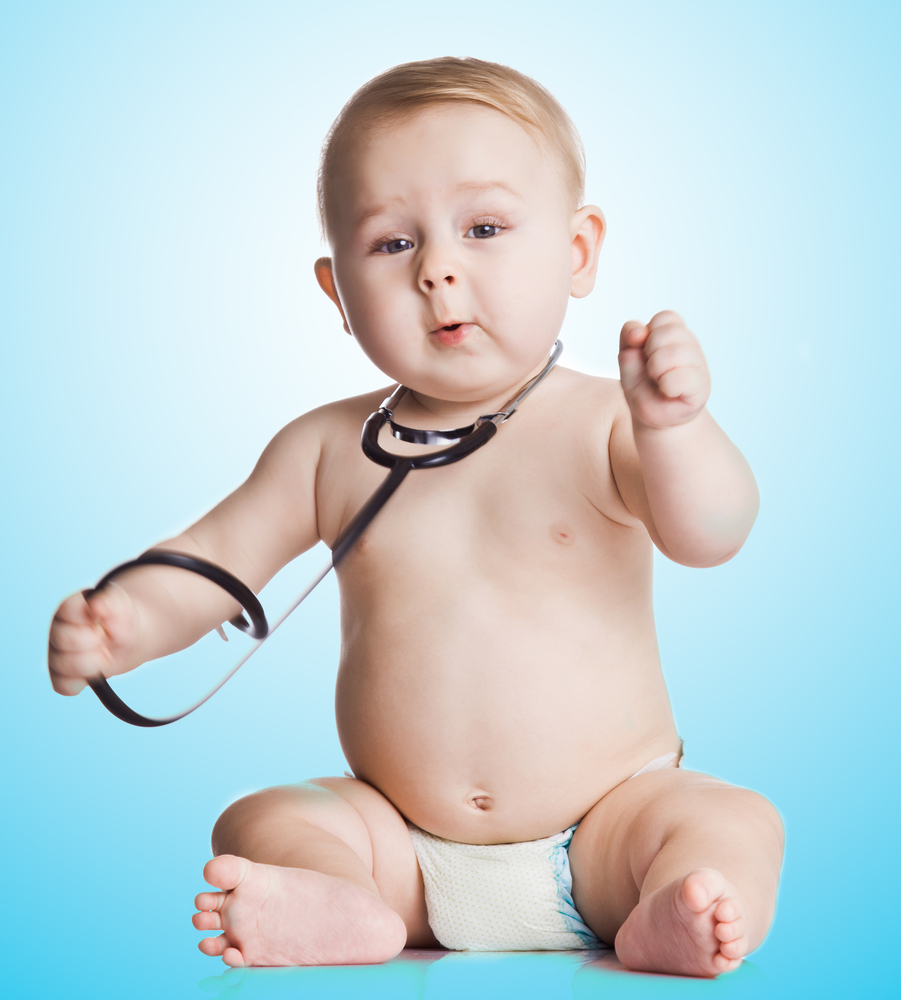
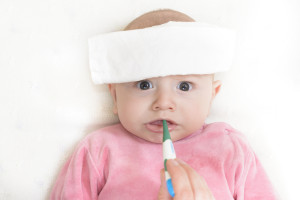

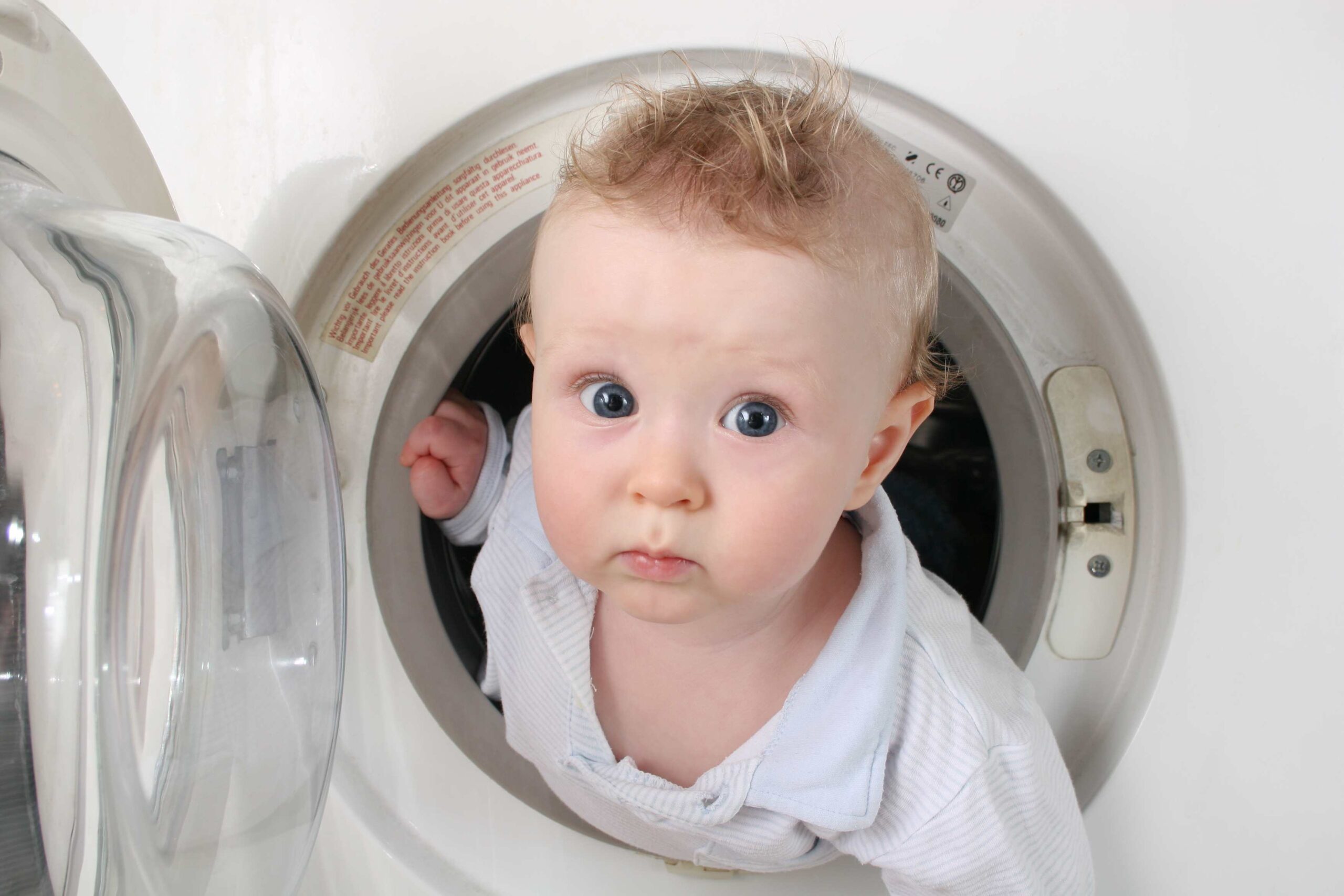
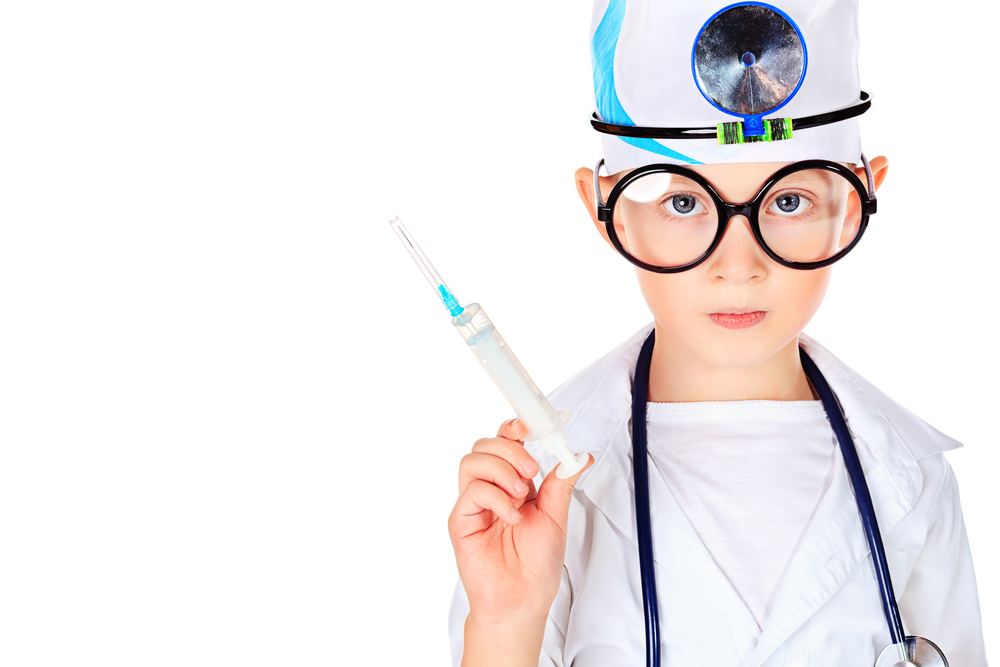
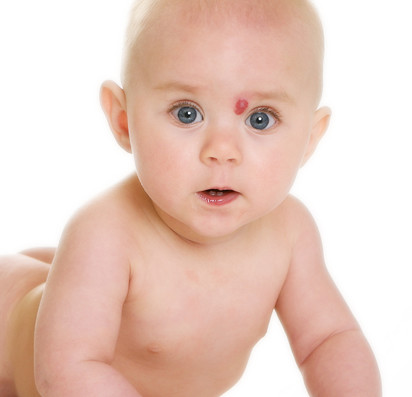




Thank you for these helpful hints on fever and fast heart beats.